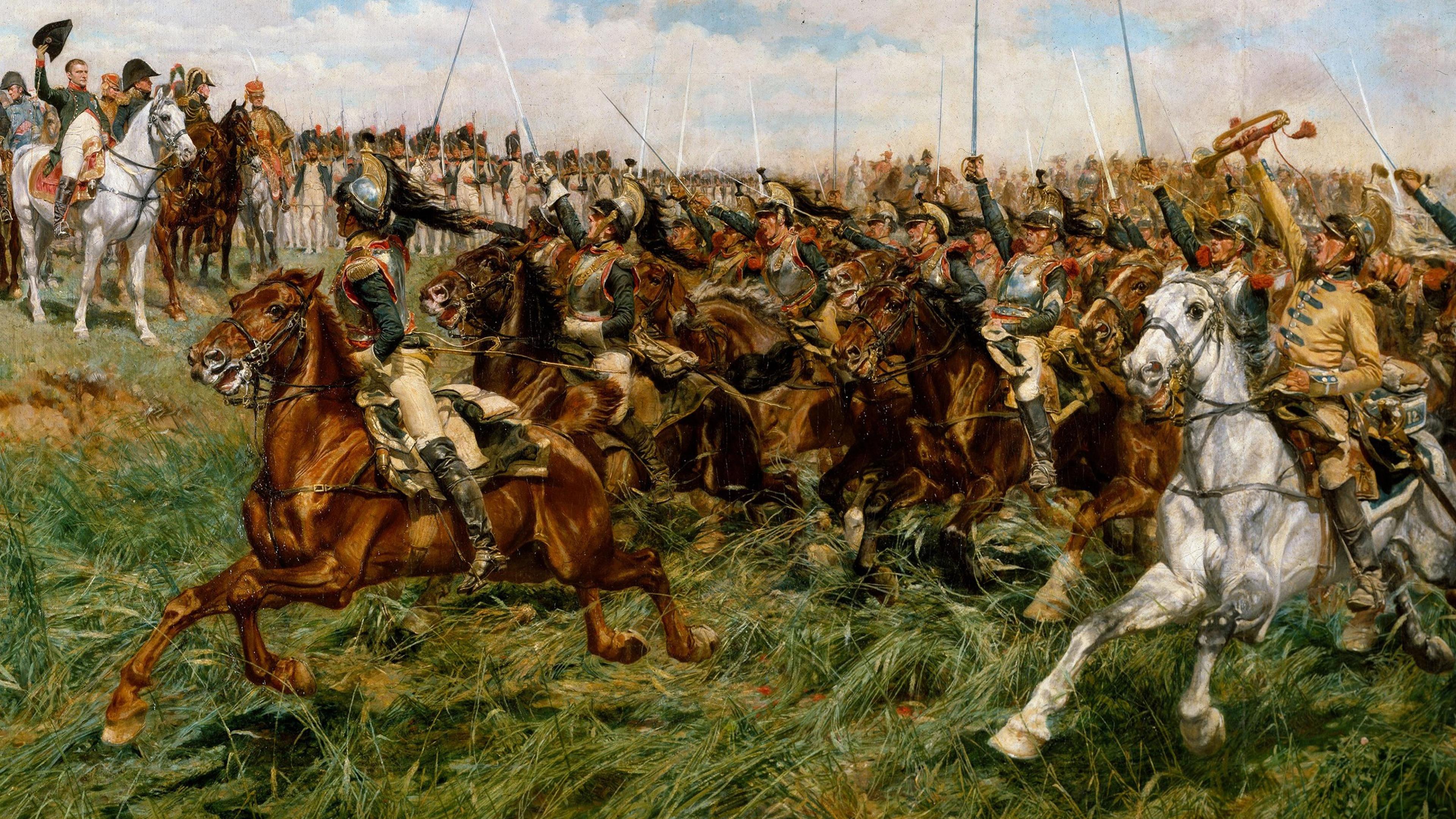
Ernest Meissonier (French, Lyons 1815–1891 Paris). 1807, Friedland (detail), ca. 1861–75. Oil on canvas, 53 1/2 x 95 1/2 in. (135.9 x 242.6 cm). The Metropolitan Museum of Art, New York, Gift of Henry Hilton, 1887 (87.20.1
If there's no highest power, art doesn't make any sense: it's just a decoration.
I'm Alexander Melamid.
I try different approaches to understand the power of art, to understand how it works, why it is working. And I worked in a psychiatric ward, so I showed my patients works of art. You have to look at that, you know, in a time of distress. So, it has a special power: something revealing, something changing your life. If there's no highest power, art doesn't make any sense: it's just a decoration.
The room in which this painting is displayed—not a room even, a long corridor—is kind of a fallen heroes room. Meissonier was considered maybe the best artist of his time, he's famous for his incredible technique. But again, there is a fallen hero: he was so important and he is not now. And this painting was done by Meissonier, after the Franco-Prussian war when the French lost miserably. And this particular battle the French won, big time. And it's one of these nationalistic boosts, to claim the glory of France back.
You see the troops of Napoleon charging Russian soldiers. I think Napoleon gave a sign and they started their charge. You see every detail: the horse caught in the middle of a jump. It's like photography—the camera, you know, gets one thirtieth of a second, something which we definitely can't see. And Napoleon, he is totally immune, he's not threatened. He was a godlike figure for France. But nationalism is kind of out of fashion. That's why this kind of art failed, you know, because the whole idea's changed. I don't care about the figures, but the blades of grass are really amazing!
It's a matter of belief, because our judgment of art—of anything, but of art especially, of course—is totally arbitrary. It's kind of a convention defined by a very small group of people who eventually decide what is good and what is bad. But why do they believe that it is great? The point is to understand what was great, in order to understand what is great.
John Ruskin, you know, was looking at this with a magnifying glass, trying to find the secret, what makes it so great! That there is something there: it's not just our imagination, there is some objective power which helps us. Maybe there's a special power, you know, like radio waves which influence us, which makes us appreciate art. Maybe it's all nonsense.